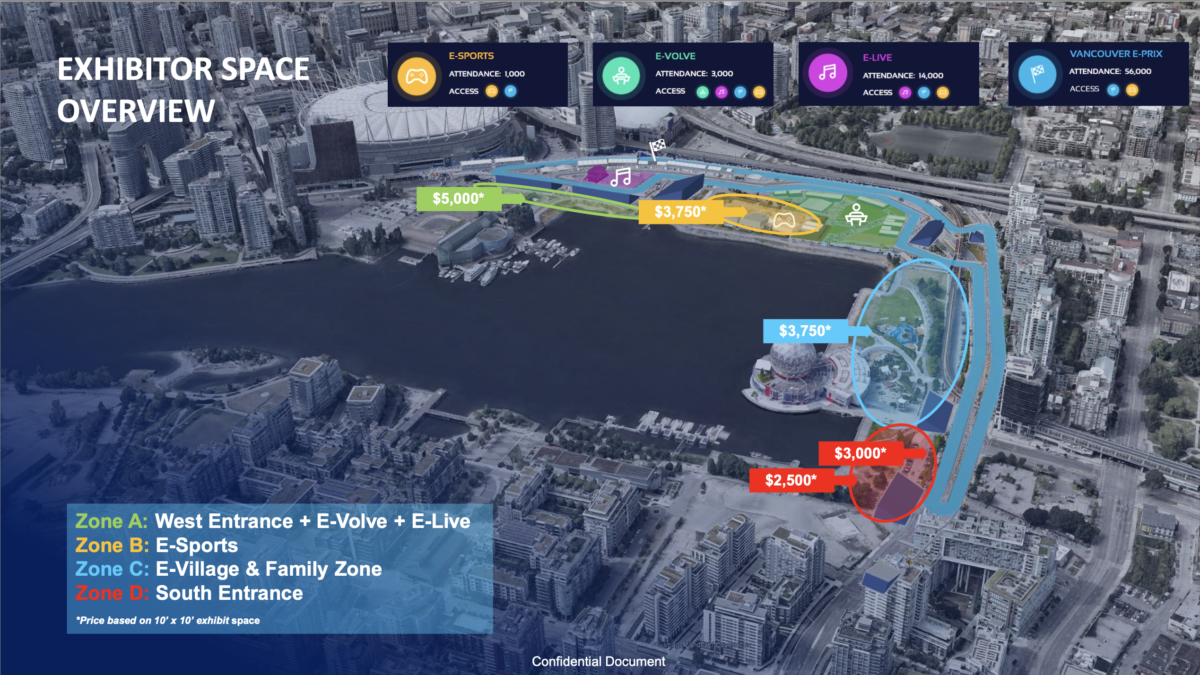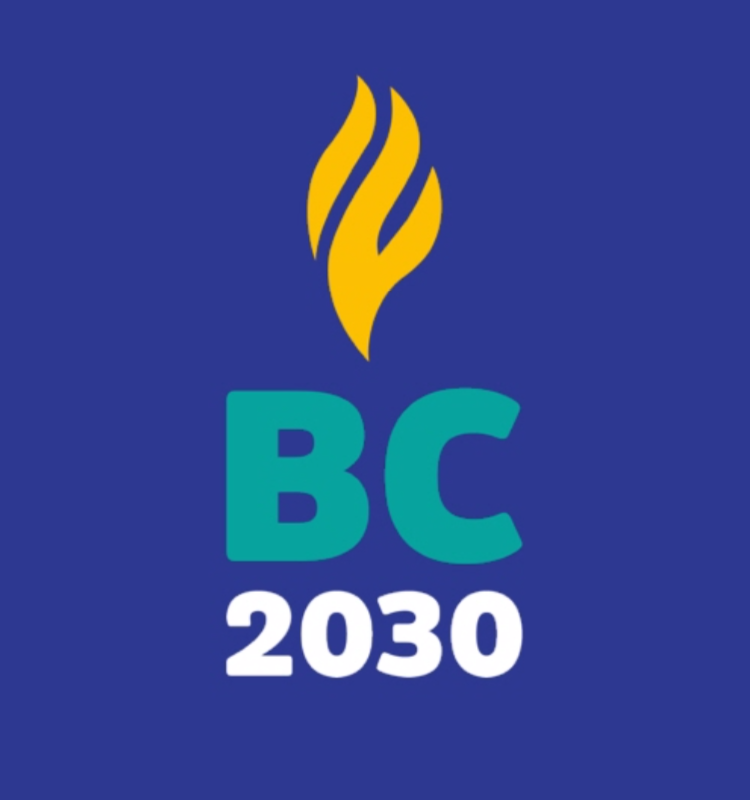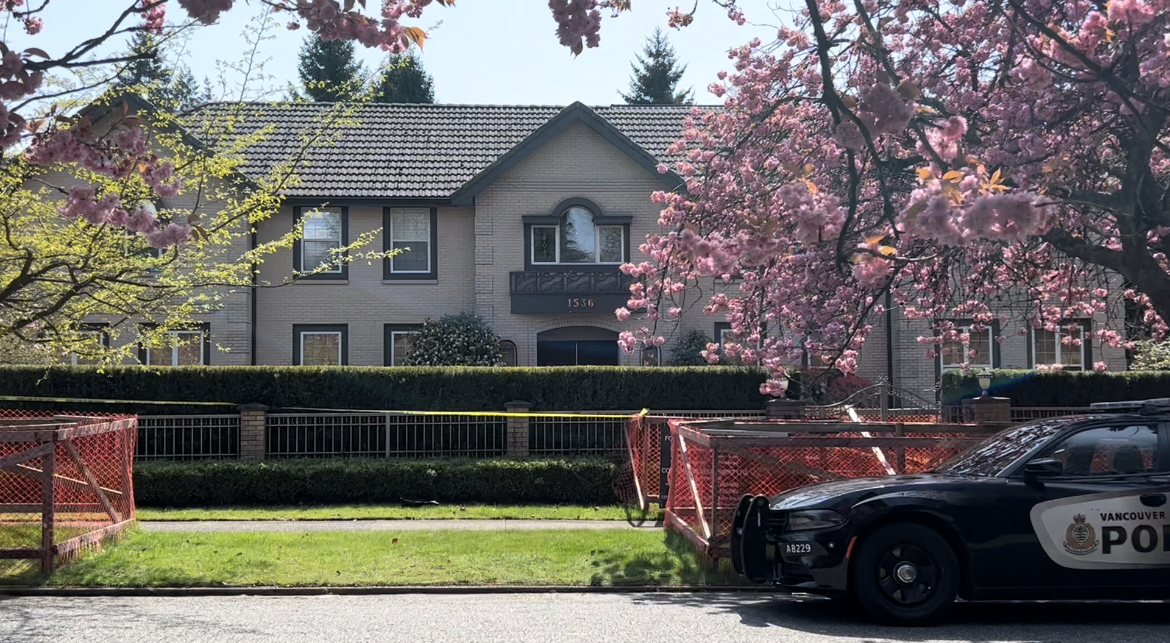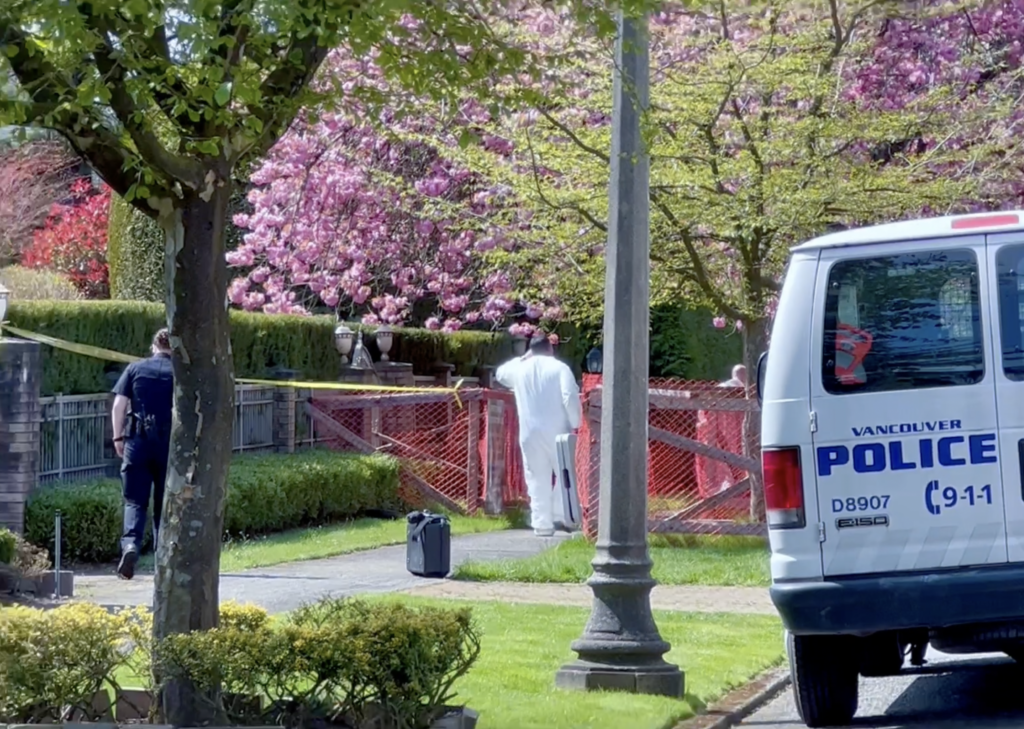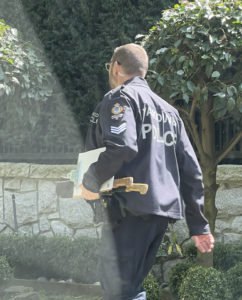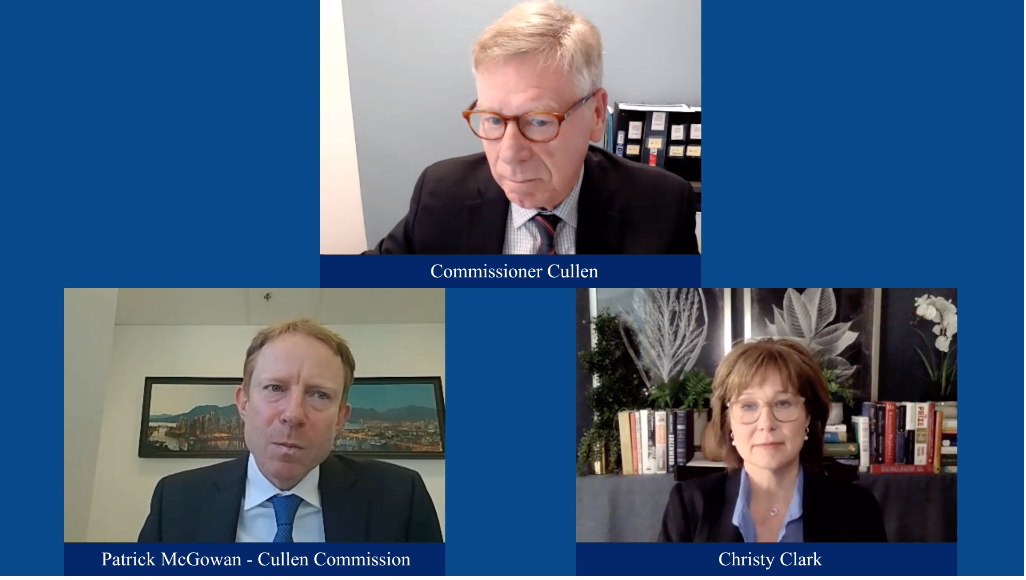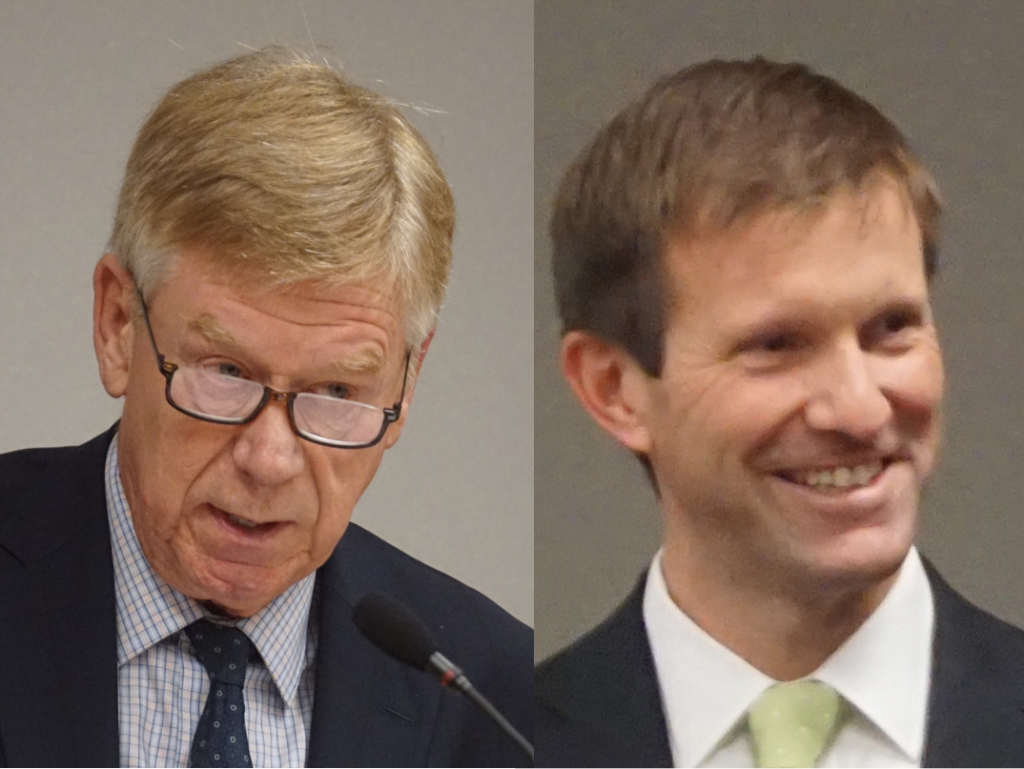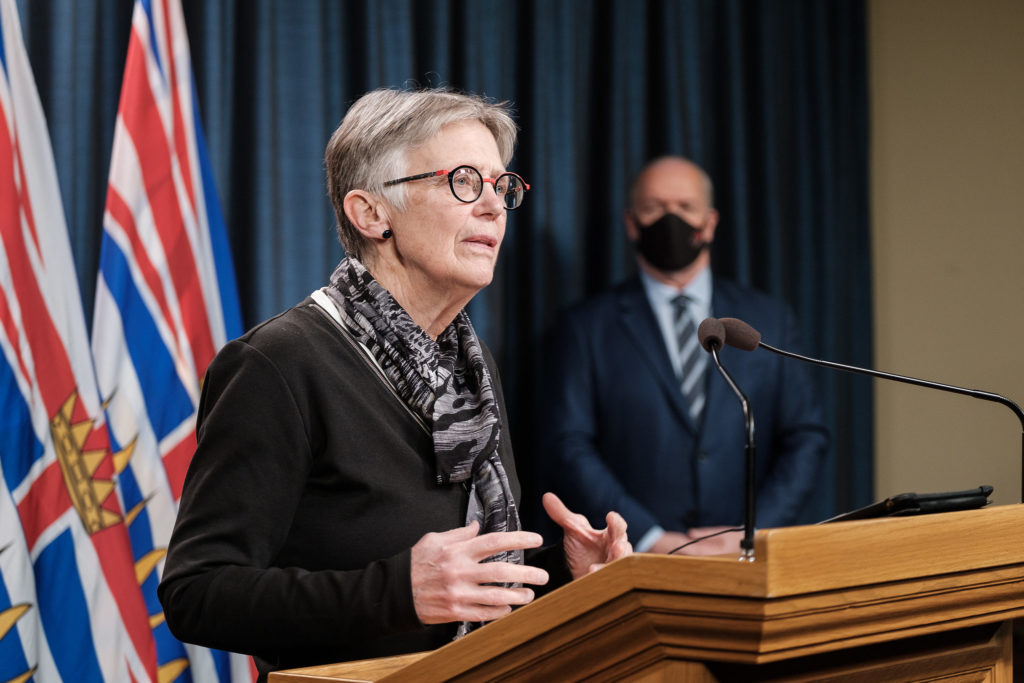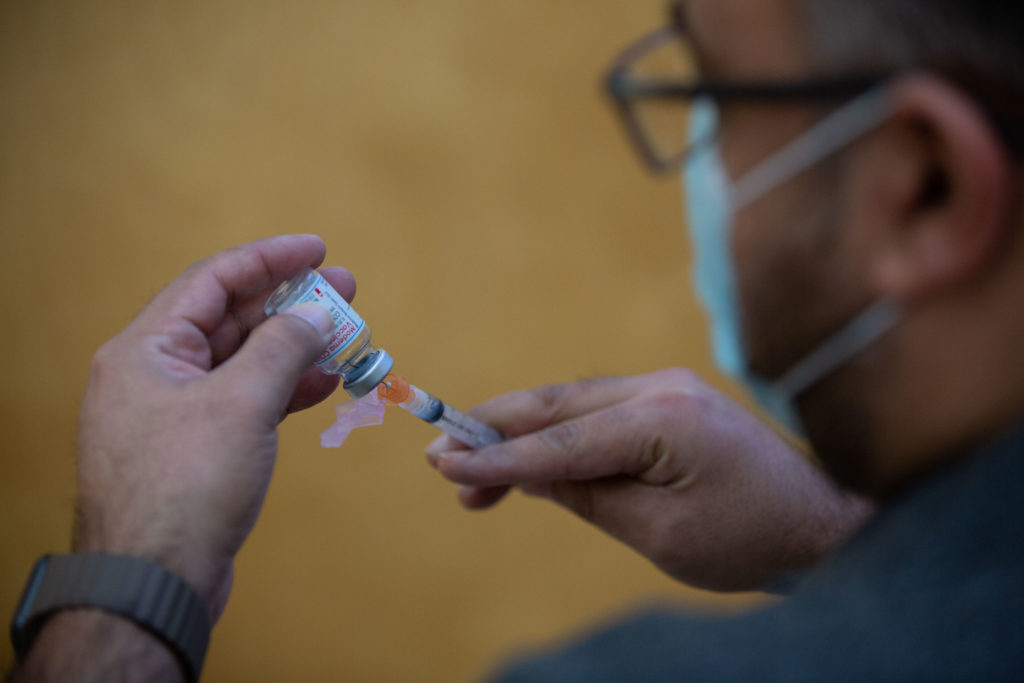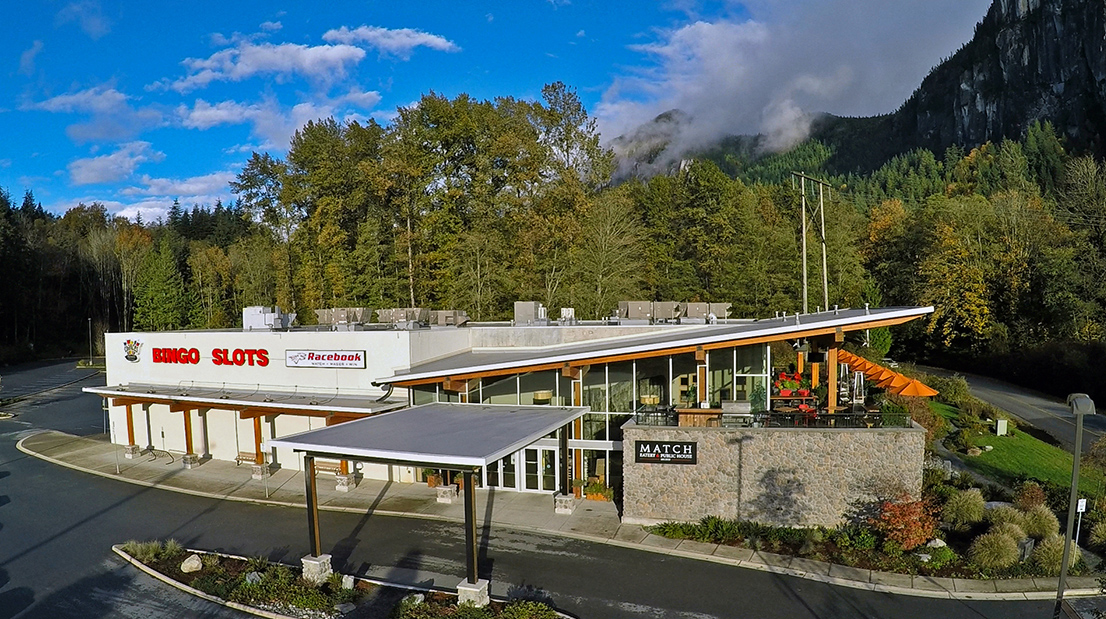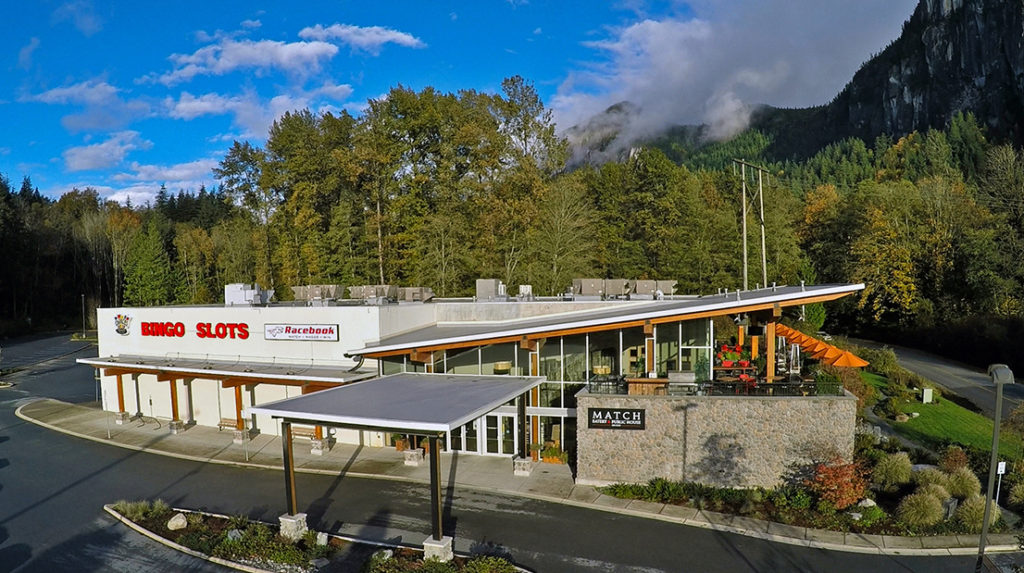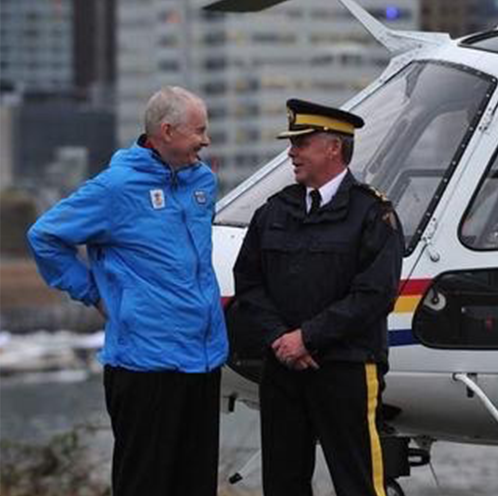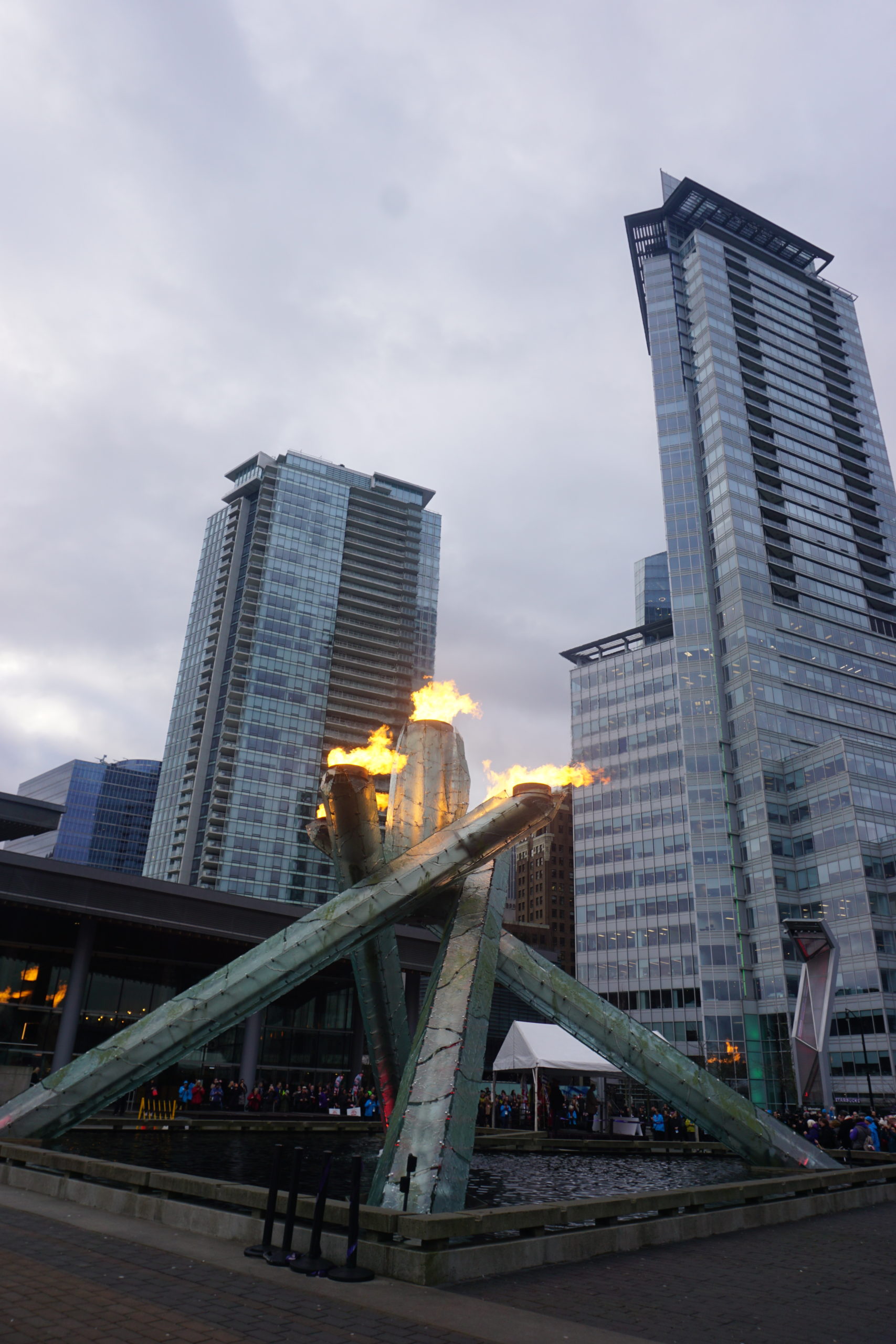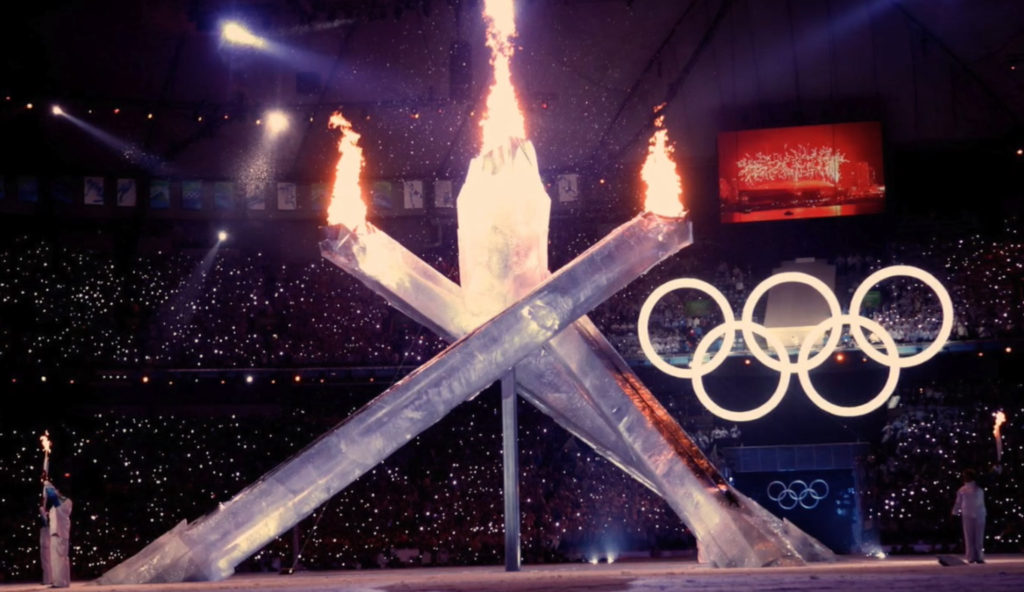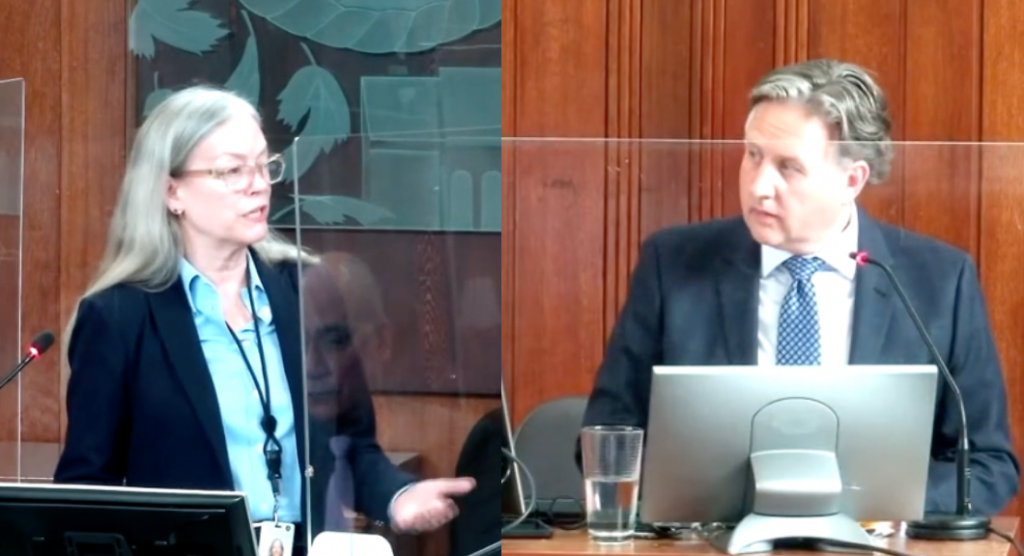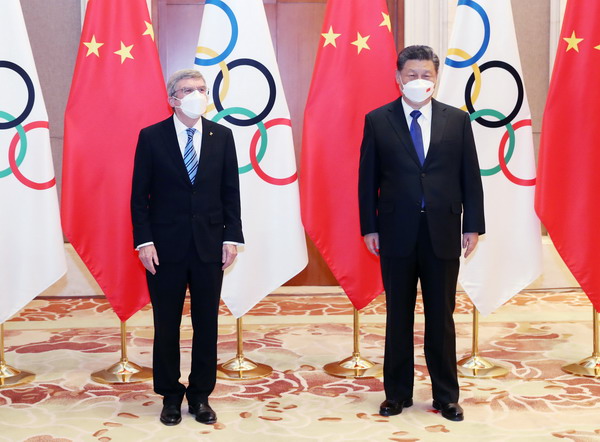Ticket holders for nixed electric car race stuck in neutral
Bob Mackin
The promoter of the electric car race and festival that were supposed to happen Canada Day weekend says a decision whether to refund tickets awaits confirmation of the 2023 ABB Formula E World Championship schedule.

OSS Group’s Matthew Carter (LinkedIn)
Montreal-based One Stop Strategy (OSS) Group had planned to run Canadian E-Fest around Eastern False Creek June 30-July 2. It was supposed to climax with the Vancouver E-Prix race on a 2.21 kilometre temporary circuit on some of the same streets used from 1990 to 2004 for the Molson Indy Vancouver. Vancouver was one of 10 cities on the Federation Internationale de l’Automobile-sanctioned 16-race, 2022 tour.
Late afternoon on April 21, however, OSS and Vancouver city hall separately announced the 2022 race had been called-off. With 70 days to go, OSS had yet to secure its civic permits.
It took a few more days for OSS to say on its website that it would be “communicating with ticket holders to inform their options.”
In an interview, OSS CEO Matthew Carter admitted ticket holders are in limbo until the 2023 schedule is decided by June.
“Our preferred way forward would obviously be for the tickets to be valid for next year. But right now, as I say, we’re waiting for Formula E to confirm the date for next year,” Carter said.
OSS said 33,000 Canadian E-Fest tickets had been sold, but Carter said he did not have a breakdown of how many were fully paid. He said capacity was 50,000 on each of the two race days — half reserved, half general admission — and that the majority of tickets were expected to move in the month before the race.
Canadian E-Fest was marketed as a change-making sports, business and arts event. The weekend was also to include a concert by Nickelback and a business conference headlined by environmental activist and consumer advocate Erin Brockovich and former Mexican president Felipe Calderon.
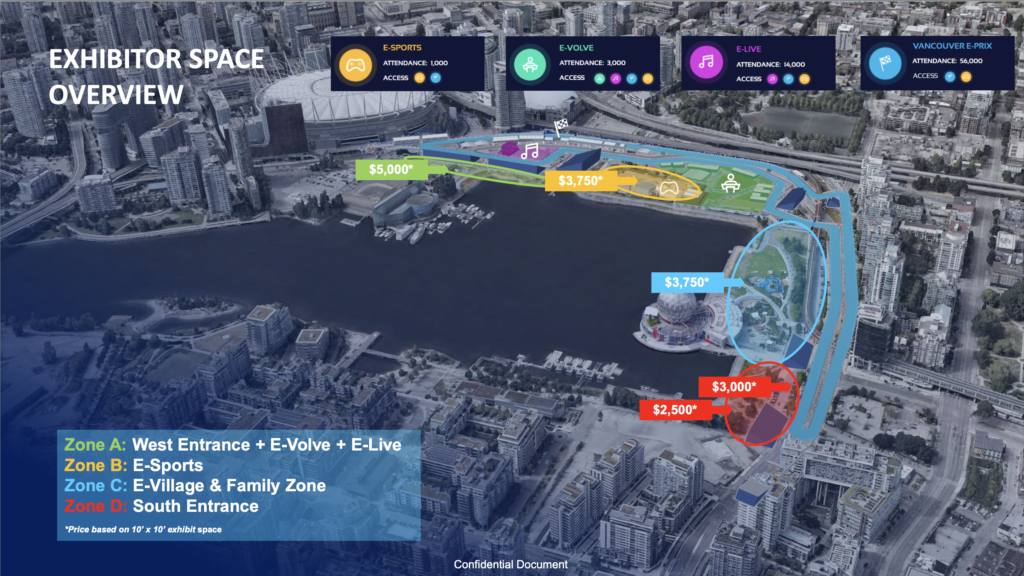
Canadian E-Fest marketing document (OSS)
The latter was supposed to be organized by Globe Series, but the head of event partnerships, Caroline Vanasse, told clients in an April 20 email that OSS breached its contract. Vanasse said her organization wanted to be involved in 2023, if “new leaders are put in.”
According to Carter, “that’s been resolved.”
“We’re looking now to see which partner we’ll be using for the business conference for next year,” he said. “My discussions with Globe have been that they are available and amenable to working with us for next year. So I think that the email that was sent out was sent out at a time when things were not necessarily finalized as they are now. Maybe it was a bit hasty.”
Vanasse did not respond for comment.
The racecourse map includes the same Concord Pacific site used for Cirque du Soleil, but an executive with the developer said there was no agreement with OSS.
“We did not receive any payments or consideration from OSS,” said director of corporate relations Peter Udzenija,
Just over three months before the race, and without civic permits, OSS was trying to sell ticket and exhibitor packages, according to a 26-page PowerPoint presentation marked confidential.
The Canadian E-Fest Vancouver E-Prix 2022 Partnership/Exhibit/Test Drive/Hospitality Opportunities document was created on March 22 by OSS co-owner Philip Smirnow. It advertised 10-foot by 10-foot exhibitor spaces for $2,500 to $5,000, $12,500 for two parking spaces and a 10-foot-by-10 foot exhibitor space in the electric vehicle test drive zone between B.C. Place Stadium and the Plaza of Nations, and pit lane private hospitality suites for $150,000 and up.

(Formula E/Twitter)
Packages included “on-site experience” and “data collection.”
The brochure claimed Formula E aired in 171 markets in 2021 and the New York City race was beamed to 15.4 million viewers around the world. The promoters boast 72% of race attendees were under age 35. OSS estimated Canadian E-Fest would spur $80 million in spending and 3,000 jobs.
In a recent interview, Prof. Victor Matheson, a sports economist at the College of the Holy Cross in Worcester, Mass., cautioned that his numerous studies found sporting events rarely lived up to the economic hype generated by their organizers.
Montreal Mayor Valerie Plante called the taxpayer-supported 2017 Formula E race a “financial fiasco” and cancelled it when she came to power in a city famous for its Formula 1 race on the former Expo 67 site. Montreal city hall paid $3 million to settle the promoter’s $33 million lawsuit.
Carter, a former CEO of the Lotus Formula 1 race team, said he moved his family to Vancouver late last year and OSS remains committed to staging a race in the city.
“[City of] Vancouver weren’t prepared to financially contribute towards it, we still believe that Vancouver is the best place for this race,” he said. “I’ve seen Vancouver or certainly British Columbia sells more electric cars than any other province or it’s certainly right up there. Greenpeace coming from Vancouver and the whole ecological, climate change, drive and push that you can feel in and around Vancouver and along this west coast. It makes absolute perfect sense for us to come here.”
Are you a Canadian E-Fest ticket holder? theBreaker.news wants to hear from you. Click here.
Support theBreaker.news for as low as $2 a month on Patreon. Find out how. Click here.
Bob Mackin The promoter of the electric car






